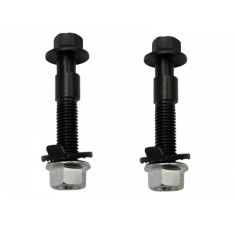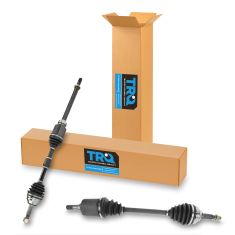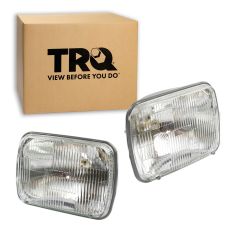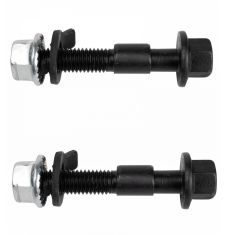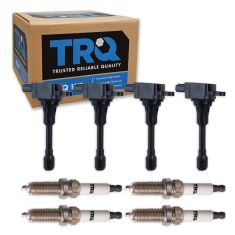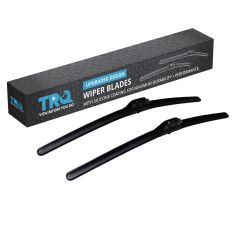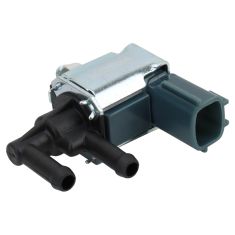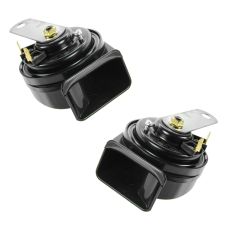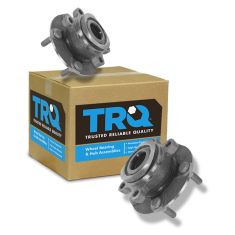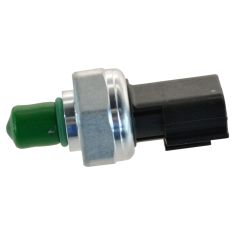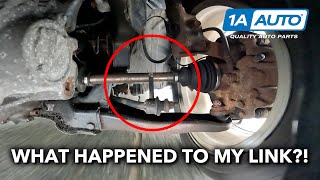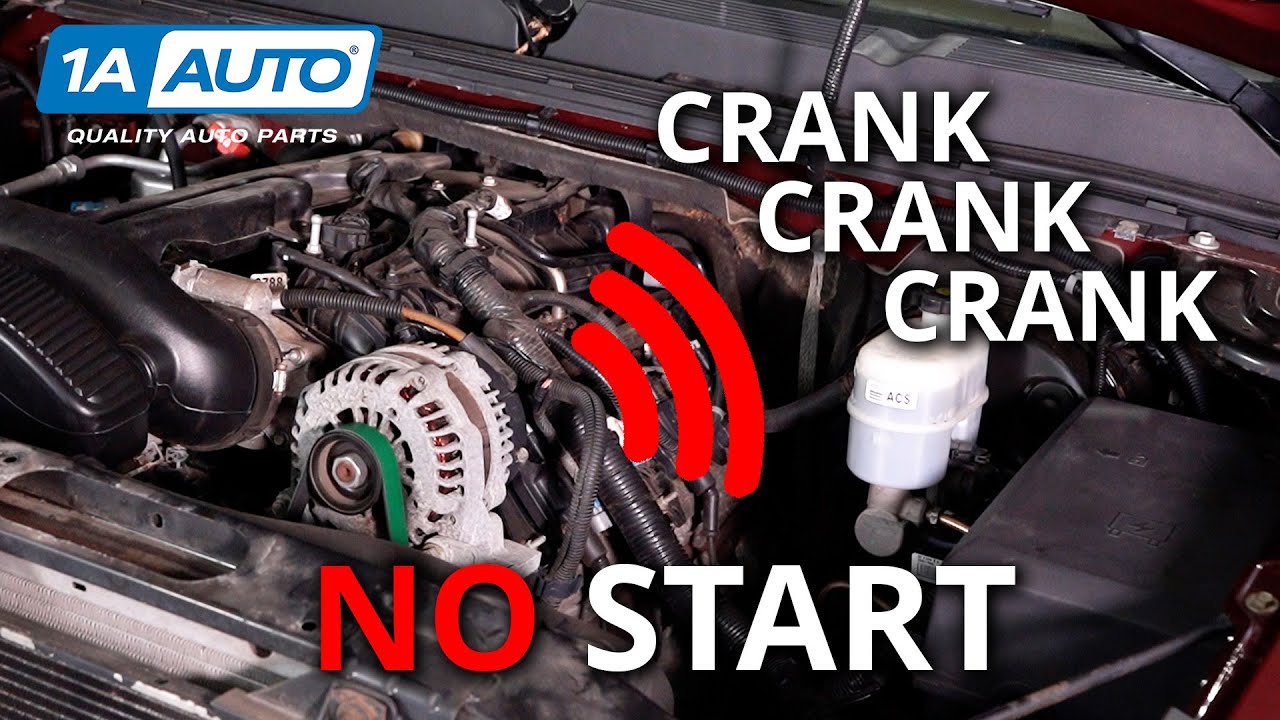Nissan Sentra
-
Notify When Available$20.95Save 32%List $30.95 Save $10.00Brand: TRQ - PSA71581$20.95Save 32%List $30.95 Save $10.00
-
Notify When Available
Replaces Nissan Rogue Rogue Select Sentra Front Driver & Passenger Side 2 Piece CV Axle Assembly Set TRQ CSA82467
Brand: TRQ- CSA82467$204.95Save 12%List $232.95 Save $28.00Brand: TRQ - CSA82467$204.95Save 12%List $232.95 Save $28.00 -
Notify When Available$51.95Save 16%List $61.95 Save $10.00Brand: TRQ - HLA93557$51.95Save 16%List $61.95 Save $10.00
-
Notify When Available$19.95Save 39%List $32.95 Save $13.00Brand: TRQ - PSA60166$19.95Save 39%List $32.95 Save $13.00
-
Notify When Available$119.95Save 21%List $150.95 Save $31.00Brand: TRQ - TKA01345$119.95Save 21%List $150.95 Save $31.00
-
Notify When Available$34.95Save 29%List $48.95 Save $14.00Brand: TRQ - WPB54556$34.95Save 29%List $48.95 Save $14.00
-
Notify When Available$34.95Save 19%List $42.95 Save $8.00Brand: TRQ - EVA47787$34.95Save 19%List $42.95 Save $8.00
-
Notify When Available$64.95Save 18%List $78.95 Save $14.00Brand: TRQ - ELA17620$64.95Save 18%List $78.95 Save $14.00
-
Notify When Available
Replaces Nissan Rogue Rogue Select Sentra Front Driver & Passenger Side 2 Piece Wheel Bearing & Hub Assembly Set TRQ BHA53762
Brand: TRQ- BHA53762$119.95Save 12%List $135.95 Save $16.00Brand: TRQ - BHA53762$119.95Save 12%List $135.95 Save $16.00 -
Notify When Available$34.95Save 17%List $41.95 Save $7.00Brand: TRQ - SWA60371$34.95Save 17%List $41.95 Save $7.00
The Sentra's Early Subcompact Style
The Sentra began as a subcompact car for Nissan in 1982. A rebadged Nissan Sunny exported to the U.S., Mexico, and Brazil, it was the second car to be featured in Nissan's lineup for America. Since its humble beginnings it's grown into the economic compact car we know today. Laced with all the common amenities, the Sentra is a refined, comfortable compact vehicle with a high-quality interior that is perfect for the average commuter or modern driver.
Initially, the Sentra was popular for its fuel economy, Clarion stereo system, front disc brakes, and four-wheel independent suspension. The little front-wheel drive car could travel long distances with an EPA-rated 43 miles per gallon in the city and 58 miles per gallon on the highway; this was known as the "MPG" model and came as a two-door hatchback. Other options included a four-door sedan, two-door hatchback, and a four-door wagon in three trim levels: standard, deluxe, and XE. It ran on a 1.5 liter 4-cylinder engine with 69 horsepower. Throughout its life the boxy styling and basic features began to improve.
Evolving into a Compact Car
By the end of the ‘80s, the Sentra could reach 90 horsepower. It upgraded to power windows, lock, and mirrors, and added the trim levels of E, XE, SE, GXE, and the sporty SE-R. By the mid ‘90s, the independent rear suspension had been traded in for a torsion beam, and the car received a more rounded aerodynamic style with composite headlights.
The new millennium brought drastic changes to the Sentra. It moved from the subcompact class to the compact class, and was only available as a sedan. It ran on a 1.8L 4-cylinder engine with 140 horsepower. By 2002, the SE-R could run at 165 horsepower or 175 horsepower at the SE-R Spec V level. By 2007, trim levels were changed to a base, S, SR, and SL with the SE-R and SE-R Spec V. It upgraded the engine to a 2.0L, but kept the same performance as a 4-cylinder with 140 horsepower. The SE versions could run at 177 horsepower with a 2.5L and 200 horsepower for the Spec V.
Today, the Sentra encompasses everything that is naturally expected to come with a modern compact car. Praised for its fuel economy, it comes as a S, SV, SR, or SL trim level with an FE+S and an FE+SV for better fuel economy. Although horsepower has shrunk down to 130 with a 1.8L 4-cylinder engine, the car offers many new features, like push start, an independent front suspension, LED headlights, electric steering, and an exceptionally spacious and comfortable interior for a compact sedan. It also features an eco and sport mode transmission for economic or quick driving. With similar styling to the Nissan Maxima, the Sentra is the perfect car for the typical driver looking for a modern look and style with an attractive and functional interior.
